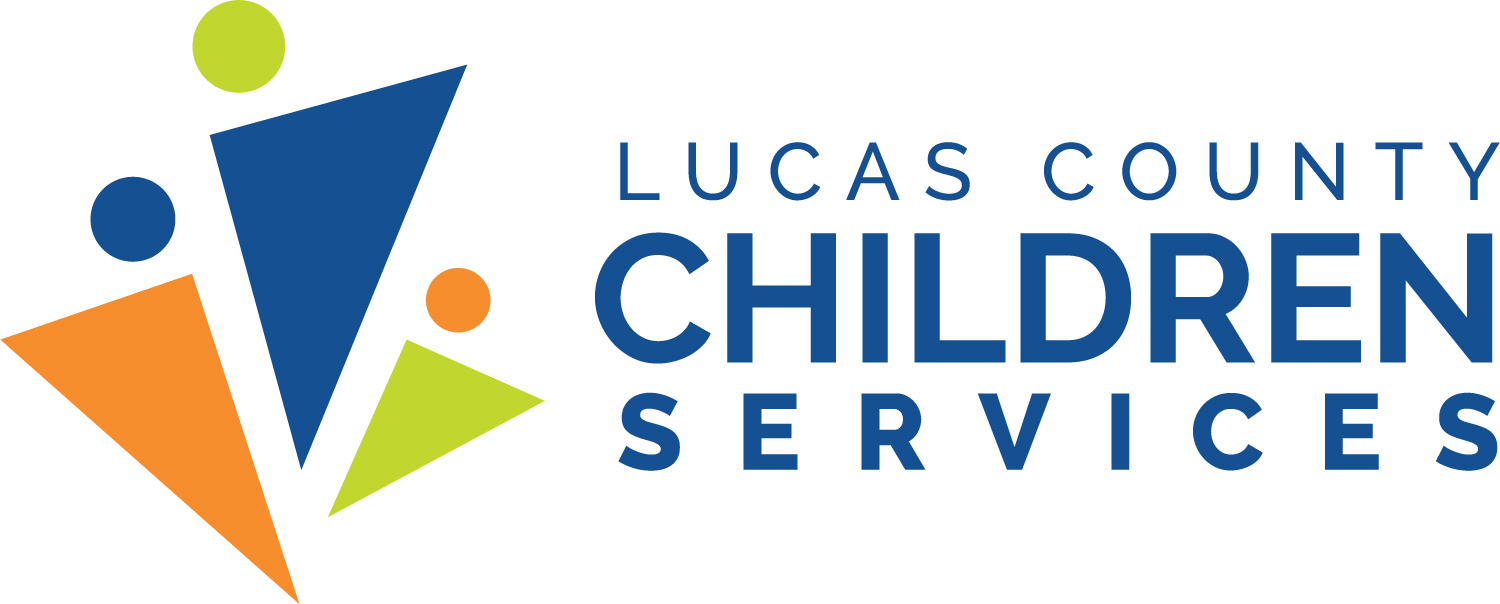Recognizing & Reporting Child Abuse or Neglect
How do I recognize child abuse or neglect?
Child abuse and neglect can happen to anyone. It is important for every person to take child abuse and neglect seriously, to be able to recognize when it happens, and to know what to do next.
Who is mandated by law to report suspected child abuse or neglect?
There are four types of child maltreatment:
- Neglect
- Physical Abuse
- Sexual Abuse
- Emotional Abuse
Neglect:
Neglect is the failure to act on behalf of a child. It is an act of omission and generally falls into three categories:
Physical Neglect: Failure to meet the child’s basic requirements for physical development, such as supervision, housing, clothing, medical attention, nutrition or support.
Emotional Neglect: Failure to provide the support and/or affection a child needs for psychological and social development.
Educational Neglect: Failure to educate a child or attend to special education needs.
Note: Cultural standards of care in the community and poverty may be contributing factors indicating the family is in need of information or assistance/resources.
Physical Indicators of Neglect:
- Chronic uncleanliness or poor hygiene including lice, scabies, severe or untreated diaper rash.
- Untreated illness or injury.
- Unsuitable clothing, or missing key articles of clothing–socks, shoes, or a coat.
- Height and weight significantly below age level.
Behavioral Indicators of Neglect:
- Chronic hunger, tiredness or lethargy.
- Begging or collecting leftovers.
- Unusual school attendance (frequent or chronic absence, lateness, coming to school early or leaving late).
- Assuming adult responsibilities.
- Vandalism or delinquency.
Abuse:
Abuse represents an action against a child. It is an act of commission and generally falls into three categories:
Physical Abuse: The non-accidental injury to a child.
Sexual Abuse: Any act of a sexual nature upon or with a child. The act may be for the sexual gratification of the perpetrator or a third party. This would, therefore, include not only anyone who actively participated in the activity, but anyone who allowed it. (Includes rape, touching, fondling, or involving a child in pornography)
Emotional Abuse: Chronic or consistent attitude or acts that interfere with the psychological and social development of a child, such as criticizing, insulting, rejecting or withholding love from a child.
Indicators of Physical Abuse:
- Unexplained, chronic or repeated bruising.
- Unexplained burns Other unexplained or repeated injuries.
- Behavioral extremes (withdrawal, aggression, regression).
- Excessive fear of the parent or caregiver.
- Unusual shyness, wariness of physical contact.
- Attempt to hide injuries.
- Depression, excessive crying.
- Antisocial behavior, such as substance abuse, truancy or running away.
Indicators of Sexual Abuse:
- Somatic complaints, including pain and irritation of the genitals.
- Sexually transmitted diseases.
- Pregnancy.
- Bruises or bleeding from external genitals, vagina or anal region.
- Genital discharge.
- Torn, stained or bloody underclothes.
- Frequent, unexplained sore throats, yeast or urinary infections.
- Poor peer relationships, inability to relate to children of same age.
- Regressive behaviors, such as thumb sucking, bedwetting, fear of the dark.
- Sudden changes in behavior.
- Promiscuity or seductive behavior.
- Aggression or delinquency.
- Truancy or chronic running away.
- Prostitution.
- Substance abuse.
- Reluctance to participate in recreational activity.
- Recurrent nightmares, disturbed sleep patterns, or fear of the dark.
- Sudden decline in school performance.
- In young children, preoccupation with his/her sexual organs, his/her parents’ or other children’s.
Indicators of Emotional Abuse:
- Eating disorders.
- Speech disorders, such as stuttering.
- Weight or height significantly below the norm.
- Flat or bald spots on an infant’s head.
- Nervous disorders such as hives, rashes, facial tics, or stomach aches.
- Habit disorders, such as biting, rocking, head banging.
- Regressive behaviors: thumb sucking, “baby talk,” etc..
- Poor relations with peers.
- Self-isolation.
- Cruel behavior to other children or animals.
- Substance abuse, excessive risk taking, suicide attempts, prostitution, delinquency.
- Fire setting.
